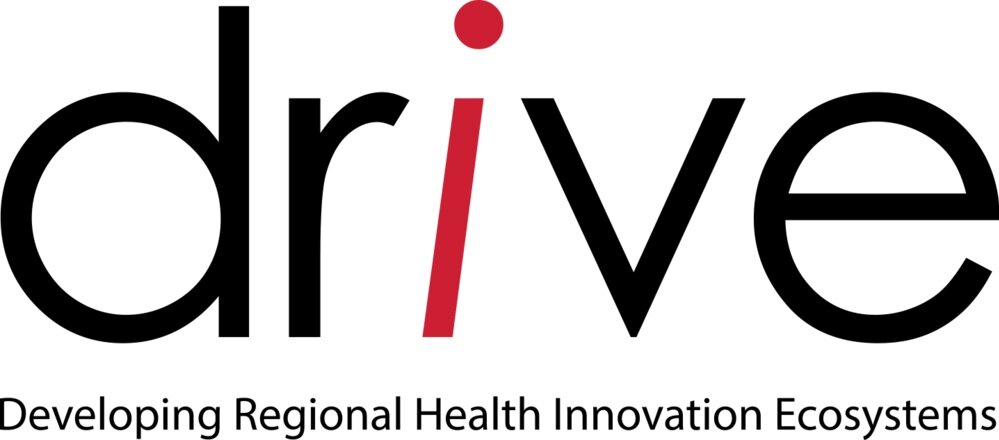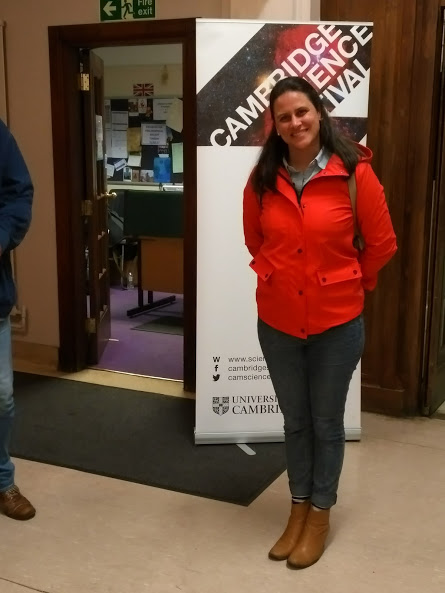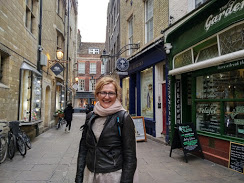Maeve Binchy, the noted Irish novelist with a bent for portraying women as everyday heroines not so much looking for a hero, but quite capable of living without one once said
“There are no makeovers in my books. The ugly duckling does not become a beautiful swan. She becomes a confident duck able to take charge of her own life and problems.”
She might have noted the irony that SWAN (Scientific Women's Academic Network) is the acronym used by the British Equality Challenge Unit that recognises those who are working to implement practices that advance gender equality through more balanced representation and professional advancement.
Most women working in the STEMM (Science, Technology, Engineering, Medicine & Mathematics) fields will tell you that the single emerging swan remains a myth. Systemic barriers to women entering and most importantly remaining in many (not all) of these fields remain deeply entrenched despite decades of acknowledgement about the issue and many, often unsuccessful, policies and programmes intended to address it. Perhaps, rather than the myth of the an ugly duckling emerging into a swan, a flock of confident ducklings is what’s required from which gaggles of ducks can emerge whose roles are normalized, and accepted. Protective policies, and regional ecosystems that provide networks and mentors, and the resources for the ducks to develop resilience and produce many swans, are what’s needed.
Here in Cambridge (UK), DRiVE was alerted to the Athena SWAN network by Dr. Michael Wakelam, the Director of the Babraham Institute. Babraham was awarded an Athena SWAN award in 2015. Dr. Wakelam recognized that there was gender parity in their programs to the postdoctoral level, but beyond that the numbers of women applying for and securing junior faculty positions was limited. The institute has committed to broad policies and practices to address this imbalance. From standardizing job applications and recruitment questions to providing cover for postdocs taking maternity leave. While policy and women-friendly cultures are important in the graduate programs, the pool of applicants is determined by the success of recruitment into undergraduate STEMM programs. In 2014, women made up only 27% and 24% of the students in engineering and math, unchanged from 2011. Their acceptance into computer science was an abysmal 16%, though admittedly this was up from the 2.9% just three years earlier.
Clearly, the pace of protective mechanisms to ensure that women in STEMM have the support of a critical mass that’s required to start producing swans, must pick up. STEMM careers are increasingly abundant. Cambridge, in an effort to mitigate any post-Brexit human resource short falls in the popular software development and business analyst positions, might look to gender equity in their STEMM programs as a solid insurance policy.







